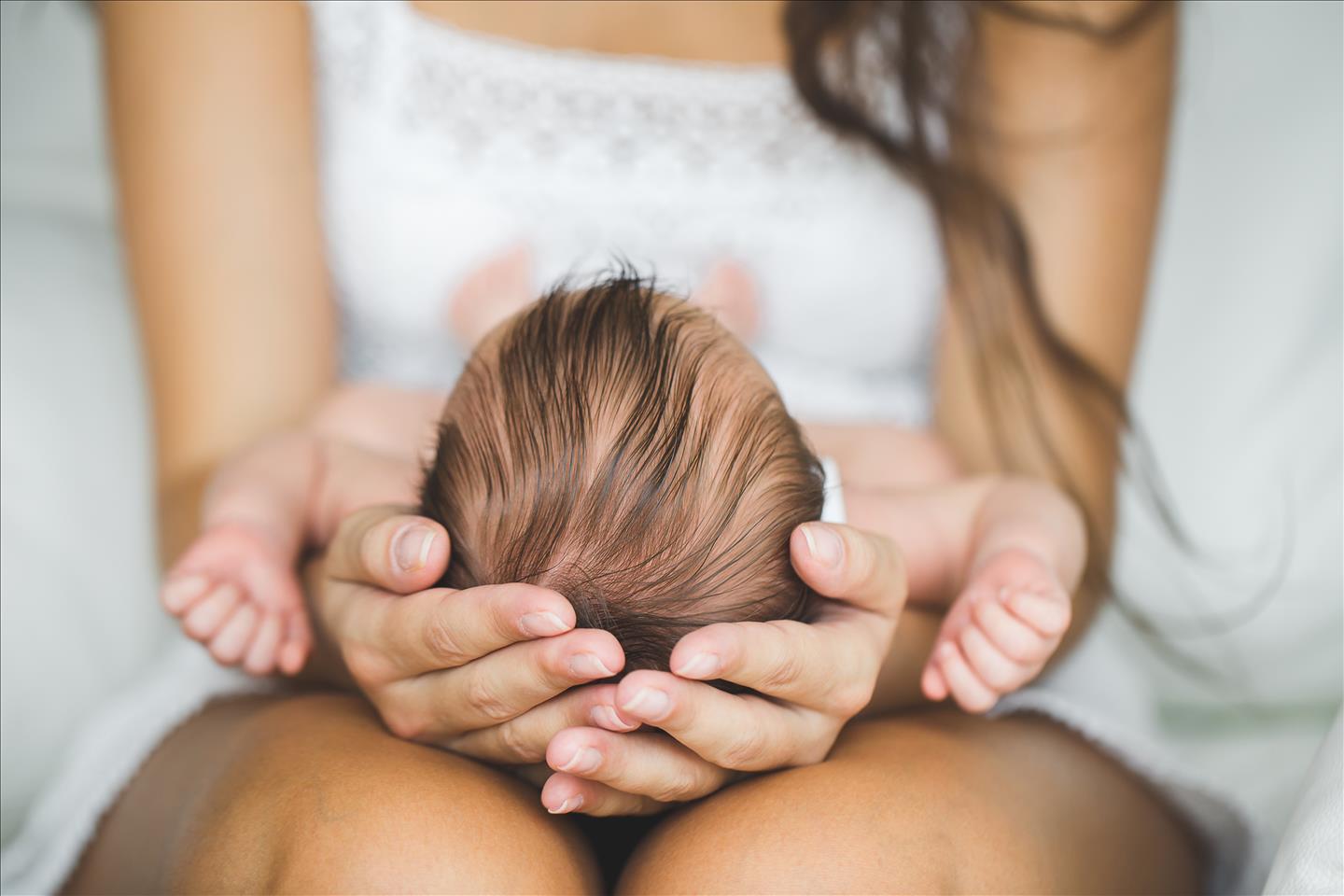Author:
Elizabeth Hill
(MENAFN- The Conversation) Balancing the competing demands of work and care, or“production” and“reproduction”, is traditionally a burden carried by women.
As many women could tell you, this often comes at a personal cost. It is not uncommon for women involved in our research to report they forego promotions to accommodate their child caring or elder care responsibilities, or work part-time, and earn less, because full-time jobs are too inflexible.
But beyond the personal cost, there is an impact on the economy, workplaces and gender equality.
In Australia, this is reflected by declining fertility rates and the withdrawal of women from the labour market in the wake of COVID-19.
Read more: In 2020 our workforce and our caring system broke. They are the same thing
Future fertility rates are predicted to drop to a record low of around 1.6 babies per woman, one of the lowest rates on record. This is below“replacement level”, putting additional pressure on an already strained workforce.
After decades of growth, women's participation in employment is also falling , likely driven by the ongoing strain of lockdowns and a recalibration of work and care responsibilities .
These trends paint a grim picture of the state of production and reproduction in Australia. But we can make policy changes to better help young people navigate work and care. One of these is reproductive leave.
What is reproductive leave?
In Australia, as well as countries such as the United Kingdom, India and New Zealand,“reproductive leave” has emerged as an innovative response to the tensions between work and human reproduction. These policies aim to assist workers in balancing their paid work obligations with their reproductive needs, sexual health and overall well-being.

Research shows fertility treatments and painful periods can interfere with work duties. These policies may offer support to workers who are trying to start a family, or to anyone who is managing some of the complex needs of the human body, which requires different levels of attention and maintenance over the life course. For example, there is evidence Australian women struggle to balance the demands of IVF treatment with paid work obligations. There is also data to suggest painful periods may contribute to absenteeism.
Unions, private companies lead the way
We are starting to see a wide range of workplace policies in this area.
In 2020, the Health and Community Services Union in Victoria began a push for reproductive health and well-being leave as part of their enterprise bargaining process. This claim includes paid leave and flexible working arrangements for menstruation, menopause, miscarriage and stillbirth, fertility treatments, vasectomies, hysterectomies and gender affirmation therapies (negotiations are ongoing).
Read more: How English-speaking countries upended the trade-off between babies and jobs, without even trying
Earlier this year, ethical superannuation company Future Super announced paid leave for menstruation and menopause, as did the Australian-owned period underwear brand Modibodi .
Global music streaming platformSpotify also made headlines recently for its generous“family formation” benefits that provide employees with a lifetime allowance for IVF treatments, donor services and fertility assessments.
Part of a global movement
Reproductive leave is not a new concept. In Australia, these policies trace back to the early 2000s, when the Students' Representative Council at Sydney University and the Australian Manufacturing Workers' Union were involved in two separate industrial disputes over the provision of menstrual leave.
But there is a renewed energy surrounding reproductive leave, demonstrating an increasing acceptance of the complex entanglement of work and personal life.

There have been calls for period leave in Australia for about two decades. There is a drive to bring the body into the modern workplace and to pay attention to biological and social reproduction as a means of assisting in economic production. To put it bluntly, we will not have a future generation of workers and taxpayers if we fail to accommodate the reproductive needs and activities of today's workers and taxpayers.
These policies are also part of a global movement to normalise and accommodate the body at all stages of life and for all people across the sex and gender spectrums, including cisgender, transgender, gender diverse and non-binary people.
Some people have objections
But how well accepted will these policies be?
In some cases, reproductive leave has caused surprise or alarm. Given the link between reproductive capacity and gender discrimination at work, some feminists are understandably wary of policies that draw attention to biological differences between workers.
Read more: Supporting menstrual health in Australia means more than just throwing pads at the problem
There are also privacy concerns over the disclosure of highly personal issues such as infertility or menstrual pain, as well as concerns these policies could increase the cost of labour or reinforce negative stereotypes (we don't need more jokes about“that time of the month”).
Acknowledging the potential drawbacks of reproductive leave must be part of the policy conversation. These policies must be approached cautiously and designed in a way that minimises the risk of gender stereotyping.
The future of reproductive leave in Australia
Despite significant developments within trade unions and private companies, there are limited provisions for reproductive leave in national legislation. For many workers their only option is to claim personal leave: that is,“sick” leave.
Recent announcements by the federal and NSW governments that parents who have suffered a miscarriage or stillbirth are now eligible for paid bereavement leave is a start – but they need to go further.

The fertility rate is expected to drop to 1.6 in 2021. For example, we could explore a“model clause” for reproductive leave in modern awards or a legislative amendment to the National Employment Standards to include a gender-inclusive reproductive leave provision. This provision would conceivably provide days of unpaid or paid job protected leave, in a similar manner to the origins of parental leave and more recently domestic and family violence leave.
We must take the opportunity of COVID-19 to reconfigure our gender contract. It is clear that without policies that enable people to work, care and reproduce, Australia will be a poorer and smaller nation.
Professor Marian Baird also spoke about reproductive leave at“The Social Future” the 50th Anniversary Symposium of The Academy of the Social Sciences in Australia this week.

MENAFN24112021000199003603ID1103246231
Legal Disclaimer:
MENAFN provides the information “as is” without warranty of any kind. We do not accept any responsibility or liability for the accuracy, content, images, videos, licenses, completeness, legality, or reliability of the information contained in this article. If you have any complaints or copyright issues related to this article, kindly contact the provider above.